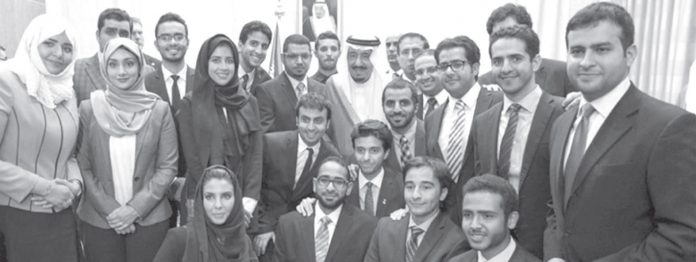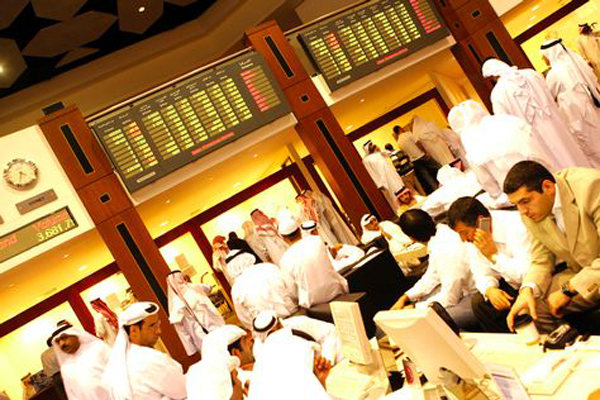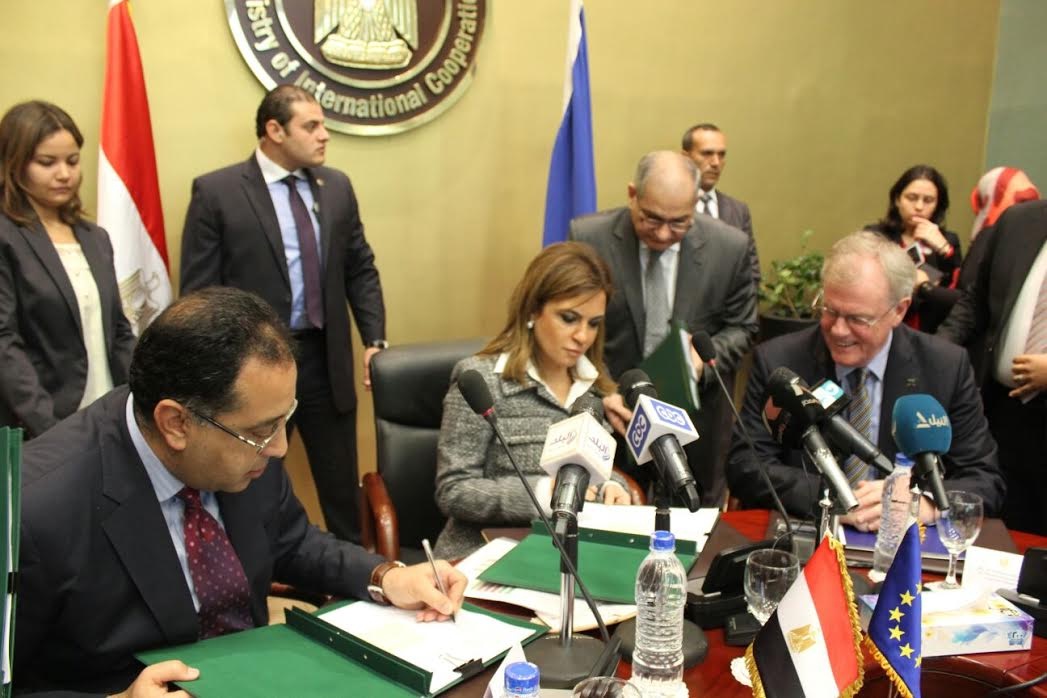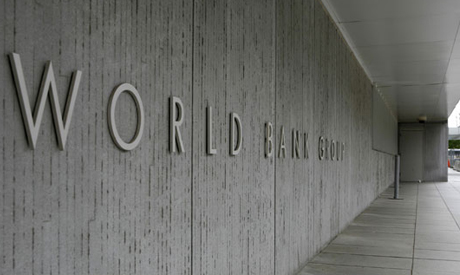By: Dr. Lamya Ramadan
Saudi Arabia 2030 vision clearly states that the Saudi economy will provide opportunities for everyone — men and women, young and old — so they may contribute to the best of their abilities. The vision clearly says “We will guarantee their skills are developed and properly deployed. While many other countries are concerned with ageing populations, more than half of the Saudi population is below the age of 25 years.
We will take advantage of this demographic dividend by harnessing our youth’s energy and by expanding entrepreneurship and enterprise opportunities”. The statement proceeds to assert that Saudi women are yet another great asset. With over 50percent of our university graduates being female, we will continue to develop their talents, invest in their productive capabilities and enable them to strengthen their future and contribute to the development of our society and economy” said the 2030 statement.
That said, a resident in Saudi Arabia will after a while gather that there are three main types of Saudi women, and will wonder how will such an ambitious vision impact those three types or segments . First, we have the very successful women who run businesses by actually being there to manage and oversee the job being done. Next, we have those women who look forward to achievement in the future. Then we have Saudi women who reflect the light of other eyes around them. Although most are escorted everywhere by a ‘mehrem’ or chaperone for protection. Women are given a prestigious status and are highly respected in society.
Most institutions have separate work space for them. Saudi women are getting stronger at their own rate, a rate which the 2030 Saudi vision is steering closer towards fast gear. At home, Saudi women enjoy the help of domestic labour from the Far East for their daily chores. When it comes to going out, each woman has the luxury of a driver at her disposal. Schools and universities, government offices and many other institutions are either for men only or women only.
Although in the past, women were not able to travel except with a ‘mehrem’ (chaperone) which was usually her father, brother, husband or son; nowadays, this issue is slowly being resolved. Despite all obstacles that Saudi women have faced in the past, the richer of them did not succumb to the easy lifestyle they were blessed with but rather insisted on working very hard on their jobs. Those of such category worked hard to earn distinguished educational qualifications whether through studying in top notch universities or through attending local universities that do match international standards with regards to their curricula and education standard.
Education was Saudi women’s tool to manage to secure senior positions both in the private and public sectors. Upon visiting Saudi Arabia you will find young Saudi women comfortably running schools, banks, and college departments. This segment once given further entrepreneurship opportunities based on the 2030 vision will develop their businesses even further, hence secure a higher status in the Saudi society.
If we move to the second segment of Saudi women who earned scholarships through the government schemes and studied abroad in distinguished universities, we find that just like the above mentioned category, their average contribution to the Saudi economy is in the fields of education, health, finance, retail and design. This segment will enjoy in light of the 2030 vision unprecedented employment opportunities, ones they wouldn’t have ever aspired for considering the nature of the pre-2030 vision market circumstances. They will benefit through a gradual process of increased integration in the economy though the Kingdom’s new 2030 vision. Moving to the third segment of Saudi women we find that it comprises those who are not actively engaged in any ambitious work; those women spend a lot at the beauty salons, designer shops, food courts, jewelry stores, etc. buying with separate ATM cards that allow unlimited access to accounts provided by their husbands.
Although these women do not work, they do help the economy by consuming so much in a way that helps complete the economic cycle. This segment in light of the 2030 vision which provides job opportunities and further training to youth might even be tempted to join the job market as entrepreneurs or otherwise, and will gradually be incorporated in a system where working women will be the “in” attitude.
Saudi Arabia, dare I say, is a safe country for a woman… Religion and culture allow respectable women to be treated with respect. Saudi women under the guidelines of the 2030 vision will be given the opportunity to shine even brighter, their contribution to the work force upon being highlighted will secure them further opportunities and will provide them with a great deal of empowerment, one that they’ve definitely earned.















